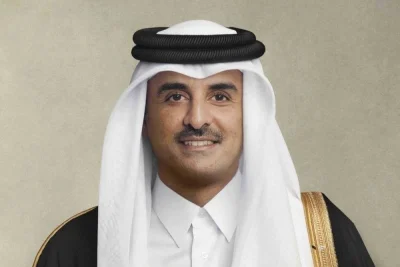Manila Times
Intelligence reports about a possible attack on Pope Francis should not be taken lightly and authorities should not be complacent because if something happened, the Philippines could be the world’s “center of attraction” in January, according to a top Philippine National Police (PNP) official.
Speaking on condition that he should not be named for lack of authority to speak on the matter, the police official, who was instrumental in the identification and eventual capture of Al Qaeda terrorist Ramzi Yousef in the 1990s, said his long experience as a police investigator handling such sensitive cases requires him to “respect” intelligence reports about a possible plot to harm the pope by those who have pledged allegiance to the Islamic State in Iraq and Syria (ISIS).
The pontiff will be in the Philippines from January 15 to 19 next year.
“My gut feel, and I have always trusted my instincts in matters such as this, is that they [terrorists] might try it again. Therefore, nobody should take this [threat] lightly and be complacent. We don’t want to be blamed if anything wrong happens,” said the source, who traced Yousef’s footsteps from the Josefa Apartments that was gutted by fire in Manila to the Philippine Airlines flight to Japan that was rocked by an explosion, around the time of Pope John Paul II’s visit in 1995.
“They tried it before. They might give it another shot,” he added.
The source said he was among those who had warned US authorities about a supposed plot by terrorists to blow up a passenger aircraft but was ignored.
“So there was the September 11 [2001] attacks on the World Trade Center,” he noted.
The source was also privy to the report on Oplan Bojinka, a large-scale, three-phase Islamist attack by Yousef and Khalid Sheikh Mohamed involving a plot to assassinate Pope John Paul II, an air bombing of 11 airliners flying from Asia to the United States with 4,000 passengers and a proposal to crash a plane into the headquarters of the CIA in Fairfax county, Virginia.
The Bojinka plot was disrupted after a chemical fire drew the PNP’s attention on January 6 to 7, 1995 at the Josefa Apartments along the pope’s parade route.
Before the plot was disrupted, Yousef had detonated test bombs in a mall and theater, injuring scores of people, as well as on Philippine Airlines Flight 434, killing one person and nearly causing enough damage to result in destruction of the aircraft.
When asked why intelligence sources have been leaking information about the ISIS’ movements when the PNP and the Armed Forces of the Philippines (AFP) have denied the existence of such plot, the source, who holds one of the most sensitive positions in the PNP at present, explained this is necessary “to keep everyone on their toes without causing undue panic”.
“The matter should be taken seriously. The threat is real,” he said.
The official’s statements came amid reports on involvement of at least one Filipino jihadist in the beheading of several Syrian soldiers by ISIS militants recently.
Yesterday in Malacanang, Presidential Communications Secretary Herminio Coloma Jr said there was no confirmation from the AFP about the supposed ISIS recruitment in the Philippines.
“According to the Armed Forces of the Philippines, there is no confirmed report of ISIS recruitment here in the Philippines. The AFP said it is coordinating with local leaders to prevent ISIS recruitment efforts and enjoined their support to our counter-radicalization campaign in the communities,” Coloma told reporters.
“The AFP and other law enforcement authorities are still ascertaining the authenticity of the video,” he said.
Coloma maintained that law enforcement agencies continue to be vigilant against threats posed by ISIS.
President Benigno Aquino 3rd recently belied reports that ISIS had recruited Filipino fighters into its ranks although he admitted that the country is vulnerable to “lone wolf” attacks.
Earlier, a source of The Manila Times from the PNP intelligence service claimed that a team of jihadists led by Jemaah Islamiyah-trained Abdul Basit Usman and the Al Hansar Khilafa group, which had sworn allegiance to ISIS, was sent to Luzon to plan attacks.
The source, who is familiar with movements of local militants, said the deployment of the team may have something to do with the papal visit.
But according to Malacanang, the claims still have to be verified but the AFP and the PNP are ready “at all times” to ensure the security of anyone, especially Pope Francis, “in terms of surveillance, monitoring and exchange of intelligence information with their foreign counterparts.”
A picture of Pope Francis inside a cathedral where he is scheduled to celebrate a mass in Manila.



